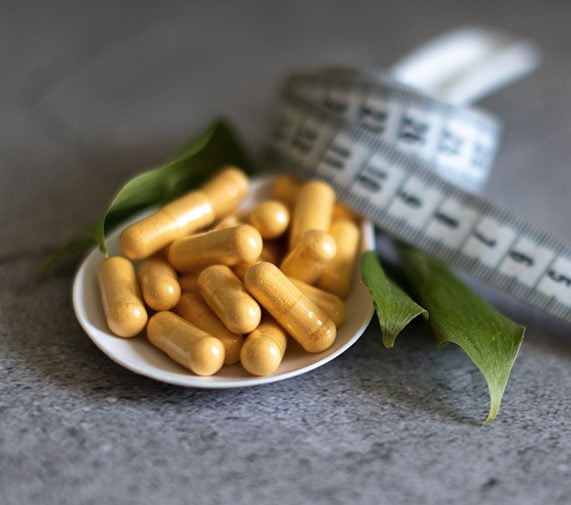Lucille Ball touted their benefits in her famous Vitameatavegamin spot in 1952. The Flintstones have lent their image to one brand in a decades-long side hustle. Advertisements would have you believe that they enable attractive, silver-haired seniors to cycle calmly through a leafy park by a lake. Of course, we’re talking about vitamins.
Most of us have a generalized knowledge of what vitamins are—compounds in foods that help your body in many ways. They’re different and more mercurial than their mineral companions, because they can change for the better or worse with heat, air, acid, age and even by cutting. (Minerals are stable and can pass through from the earth to food to your body intact.) You don’t need extensive amounts of vitamins and minerals, and it’s dangerous to overdose on them, but you do need them to survive, build cells and avoid opportunistic illnesses.
Here are the ABC’s of vitamins, where they come from and what they can do for you; check the recommended daily allowance so you’re sure you’re getting the right amount, or work with your health professional to determine how much you should consume and if there are any negative interactions.
Vitamin A: Most of us know that vitamin A helps bolster the functioning of your eyes, but it also supports cell growth and maintenance of your organs such as heart, kidneys and lungs. There are two main ways to get it: preformed vitamin A from animal sources such as meat, dairy and fish oil; and provitamin A carotenoids from plant pigments such as beta-carotene found in leafy greens, orange and yellow vegetables, tomatoes and fruit.
Vitamin B: There are many compounds that nestle under the vitamin B umbrella, most commonly biotin (vitamin B7), folic acid (folate, vitamin B9), niacin (vitamin B3), thiamin (vitamin B1), vitamin B6 and vitamin B12. What they have in common is that they help convert food to energy, and they form red blood cells. B vitamins are found in animal proteins, as well as leafy greens, beans and peas.
Vitamin C: The superhero of all vitamins, C is an antioxidant that helps protect the body against free radicals from sources such as food, smoke, pollution and UV rays. It’s also necessary for collagen production, iron absorption and strengthening the immune system. Everyone knows that citrus fruits are rife with vitamin C, but you can also find it in broccoli, strawberries, cantaloupe, baked potatoes and tomatoes.
Vitamin D: The body’s vitamin D production is triggered by exposure to sunlight, and it then goes on to help the immune system and aid in the absorption of calcium and phosphorous. We’re in the middle of a worldwide epidemic of vitamin D deficiency, however, due to sun blocking (the National Institutes of Health recommends people spend 15-20 minutes daily in the sun with 40% of the skin exposed), obesity (vitamin D is absorbed by body fat and can’t do it’s job if there’s too much), “leaky gut” issues, skin color and age (darker and older skin don’t synthesize vitamin D as well). Vitamin D is found in very few food sources, so if you don’t eat fatty fish such as tuna, mackerel and salmon, cheese or egg yolks, you’ll have to up your supplemental D.
Vitamin E: Another free-radical fighter because of its antioxidant properties, vitamin E fortifies the immune system and helps blood flow freely by widening the vessels. It’s also an essential part of getting cells to function properly. You’ll find the strongest concentrations in wheat germ, sunflower and safflower oils, nuts and seeds. There are lesser amounts in green vegetables.
Vitamin K: The good news is that you don’t have to worry much about missing out on vitamin K—it’s in many foods such as green leafy vegetables, vegetable oils, fruit, meat, cheese, eggs and soybeans. Its primary job is to strengthen bones and it may possibly improve heart health. Those on blood thinners should beware of negative drug interactions, though.
And now you might be wondering about the vitamins in between—F, G, H, I and J. Most vitamins were classified in the early 1900s, but as researchers learned more about them, they either phased them out as not essential for humans (vitamin L was only useful for helping rats lactate, for example) or added them under the vitamin B system.
twistup
Love OrangeTwist? Join our twistup membership and receive a $100 gift card today!



